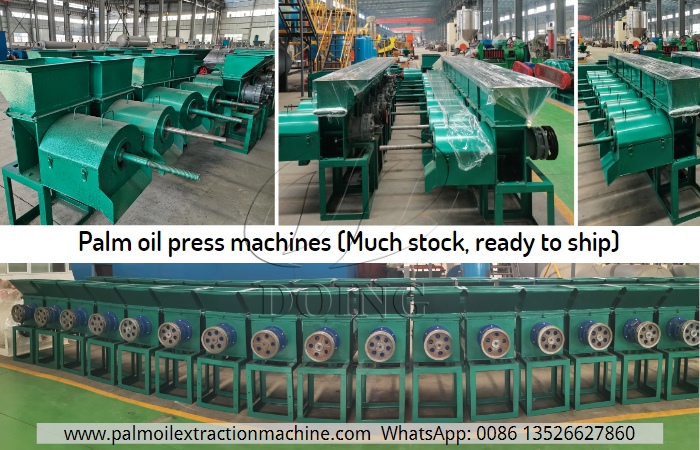What are the wastes from palm oil milling? How to solve them?
FAQ / Chat on line / Give me a price / Date:2024-05-22
The palm oil milling industry is a significant sector globally, providing a staple ingredient for many daily products. From food to cosmetics, the use of palm oil is ubiquitous. However, palm oil milling process also generates various types of wastes from palm oil milling, which can be categorized as follows: empty palm fruit bunches, palm fruit fibers, palm oil mill effluent, sludge, and solid waste. We must solve them responsibly to minimize their environmental impact. Next, I will introduce to you one by one the wastes from palm oil milling and their solutions.
1.Empty Palm Fruit Bunches:
The empty palm fruit bunches are left after the palm fruit bunches are threshed by the palm fruits threshing equipment are waste from palm oil milling. Usually, the empty palm fruit bunches are transported to the farm as fertilizer or can be used as fuel in the boiler to provide energy for the palm oil milling plant.
 Palm fruits threshing equipment
Palm fruits threshing equipment
2.Palm Fruit Fibers:
The palm fruit fibers produced after the palm fruits are pressed through the palm oil press equipment becomes waste from palm oil milling, which can be reused as boiler fuel or farm fertilizer. Besides, it can be processed into animal feed and eaten by animals. The palm oil press equipment produced by Our Henan Glory Company has low residual oil rate and high efficiency.
 Palm oil press equipment produced by Henan Glory Company
Palm oil press equipment produced by Henan Glory Company
3.Palm Oil Mill Effluent (POME):
Palm oil mill effluent (POME) is the primary waste product generated during the processing of the palm fruits into crude palm oil. POME is an aqueous effluent with high levels of pollutants, including biochemical oxygen demand (BOD) and chemical oxygen demand (COD). It contains suspended solids, oil, and grease, which can severely contaminate waterways if not treated adequately. Advanced biological treatment systems such as anaerobic digestion can convert the organic content of POME into biogas, which serves as a renewable energy source.
4.Sludge:
The clarification process to remove impurities from crude palm oil produces sludge. This semi-solid material contains sediments and particulate matter. Due to its oily nature, proper treatment of sludge can recover residual oil, after which it may be used as organic fertilizer or sent to landfills following appropriate treatment.
 Palm oil clarification equipment
Palm oil clarification equipment
5.Solid Wastes:
These includes empty bags used for palm fruits transportation, plant debris, and other discarded materials from the palm oil milling process. These need to be segregated for recycling or safe disposal.
If you have any questions about palm oil milling process, welcome to contact us. Our Henan Glory Company specializes in the design and manufacture of palm oil milling equipment, with over ten years experience. In addition, we have a local branch in Nigeria. If you want to open a palm oil milling plant, we have a professional team of engineers who can provide you with customized solutions.

 Call us
Call us Chat online
Chat online

